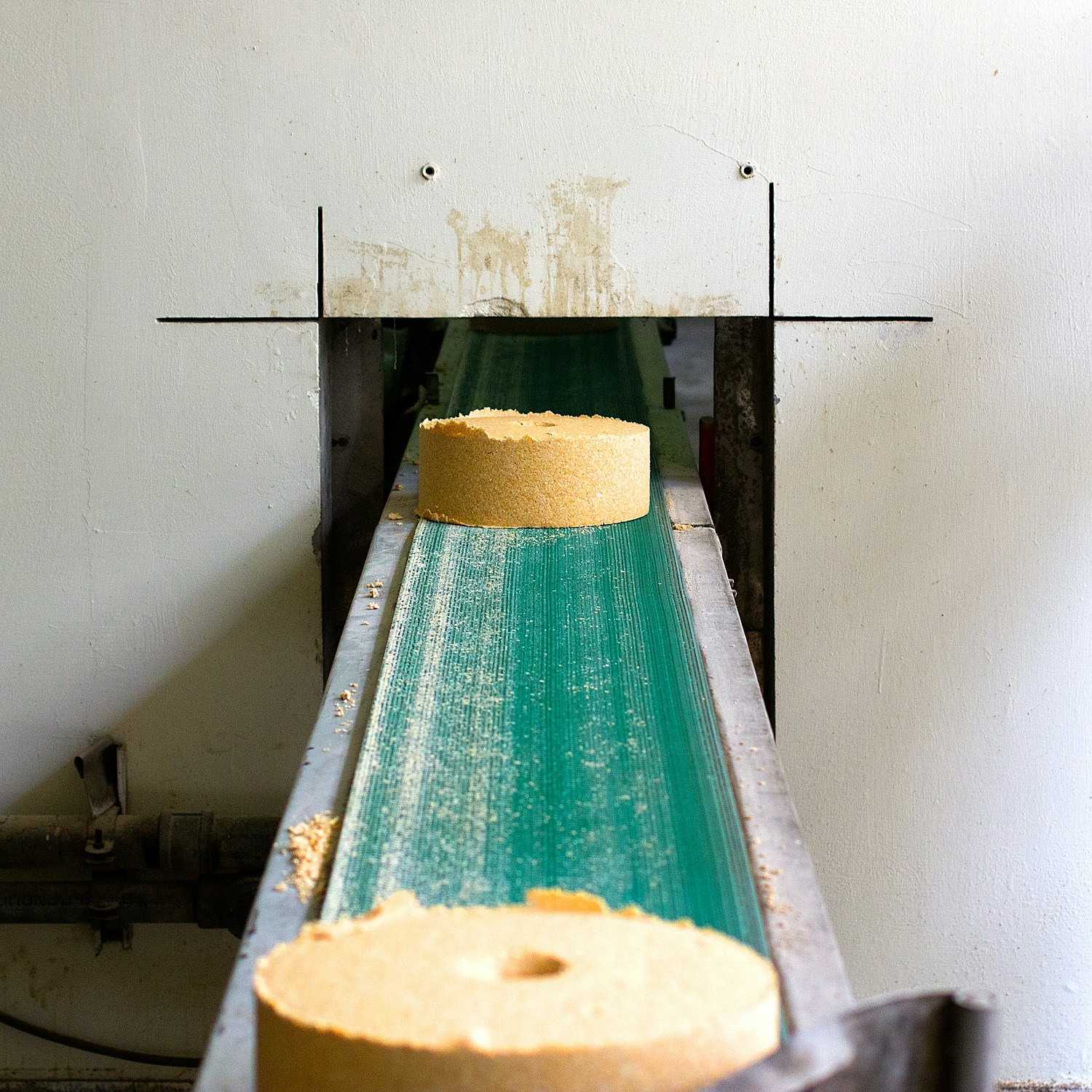
Troubleshooting Common Conveyor Belt Issues
A conveyor belt is indispensable in numerous industries, facilitating the smooth movement of materials from one point to another. However, like any mechanical system, conveyor belts are prone to various issues that can disrupt operations and compromise efficiency.
Thankfully, you could avoid downtime by getting to the root of the most common problems. Preempting issues or understanding why they occur can help you sort things out rapidly without disrupting your productivity.
Here, we delve into three common conveyor belt issues and provide insights into how to address them effectively.
Conveyor Belt Slippage
Conveyor belt slippage occurs when the belt fails to maintain proper traction on the pulleys, leading to inefficiencies. One primary cause of a belt slip is an overloaded conveyor belt, where the weight of the conveyed material exceeds the belt’s capacity.
To prevent conveyor belt slippage, it’s crucial to ensure that the load being transported does not exceed the belt’s specified capacity. Regular monitoring of the conveyor system for signs of overloading and adjusting the load accordingly can help mitigate the risk of slippage.
Additionally, maintaining optimal belt tension and ensuring that the pulleys are clean and free from debris can enhance traction and reduce the likelihood of slippage.
Conveyor Belt Blockage
Conveyor belt blockage is often caused by material buildup. Material buildup typically occurs due to spillage or accumulation of debris on the belt, which can result from improper loading, uneven material distribution, or inadequate belt cleaning mechanisms.
Preventing conveyor belt blockage requires implementing measures to minimize material spillage and ensure efficient belt cleaning. Proper loading techniques, such as evenly distributing the material across the belt and avoiding overfilling, can help reduce the risk of spills and buildup.
Why do I have material buildup? High vibrations in a conveyor belt system can also lead to material buildup. Vibrations are often indicative of worn-out bearings, which can result from friction, lack of lubrication, or prolonged use. Worn bearings can compromise the stability and efficiency of the conveyor system.
Resolving high vibrations requires inspecting and replacing worn-out bearings promptly. It’s important to work with a reputable bearing manufacturer to ensure solid replacement. You also need to implement a proactive maintenance schedule that includes regular lubrication of bearings can help minimize friction and extend their lifespan.

Conveyor Belt Mistracking
Conveyor belt mistracking occurs when the belt deviates from its intended path, leading to misalignment and potential material damage. Several factors, including improper belt tension, misalignment of pulleys, and debris buildup, can contribute to mistracking issues.
Addressing conveyor belt mistracking requires identifying and rectifying the underlying causes. This is where regular inspection and adjustment of belt tension, pulley alignment, and tracking devices are essential.
Additionally, keeping the conveyor system clean and free from obstructions is crucial as it can reduce the likelihood of deviation in the belt path.
In conclusion, did you know that the majority of conveyor belt issues are caused by ineffective maintenance? So, you want to implement proactive maintenance and adherence to best practices in order to mitigate common conveyor belt issues and ensure smooth operations at all times.
It helps to have someone in the team who understands the root causes of problems such as slippage, blockage, high vibrations, and mistracking, so businesses can implement preventive measures.






